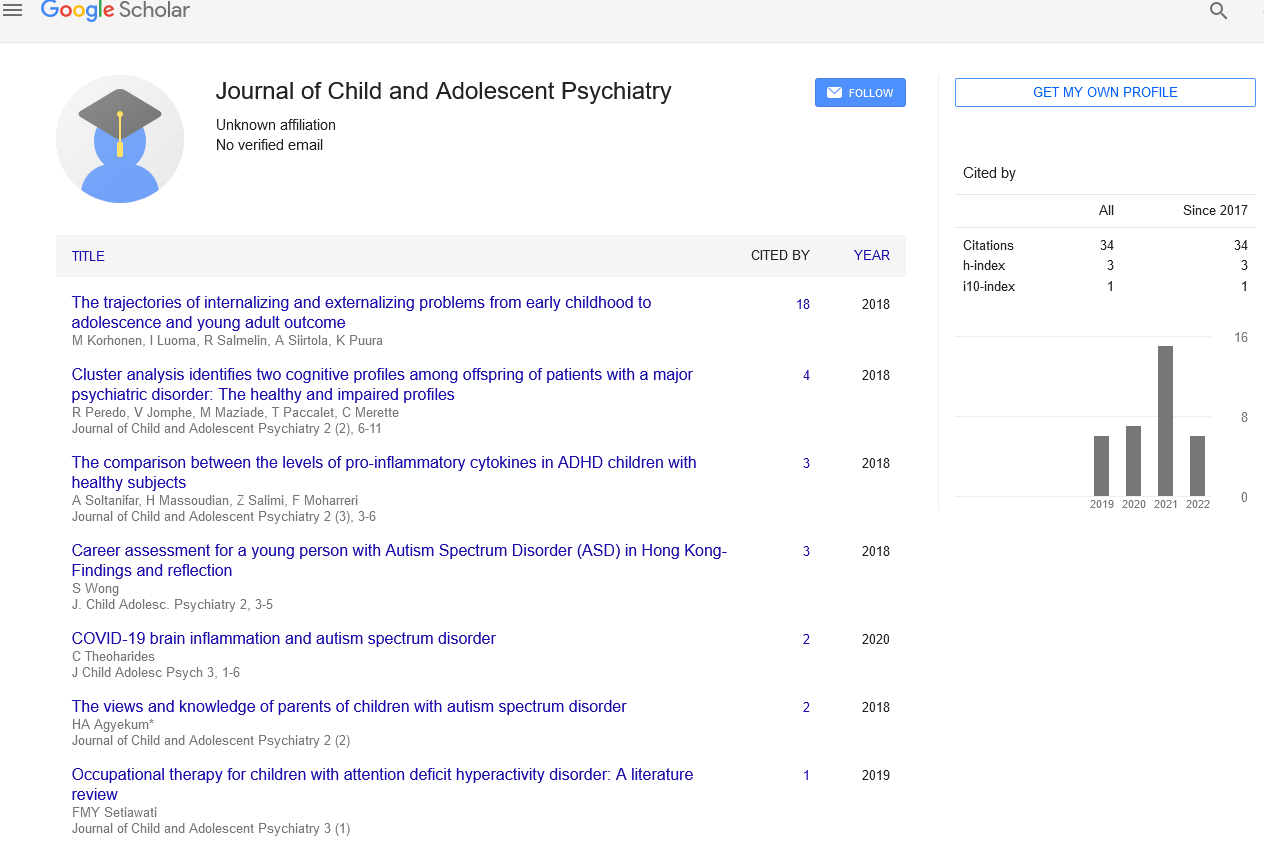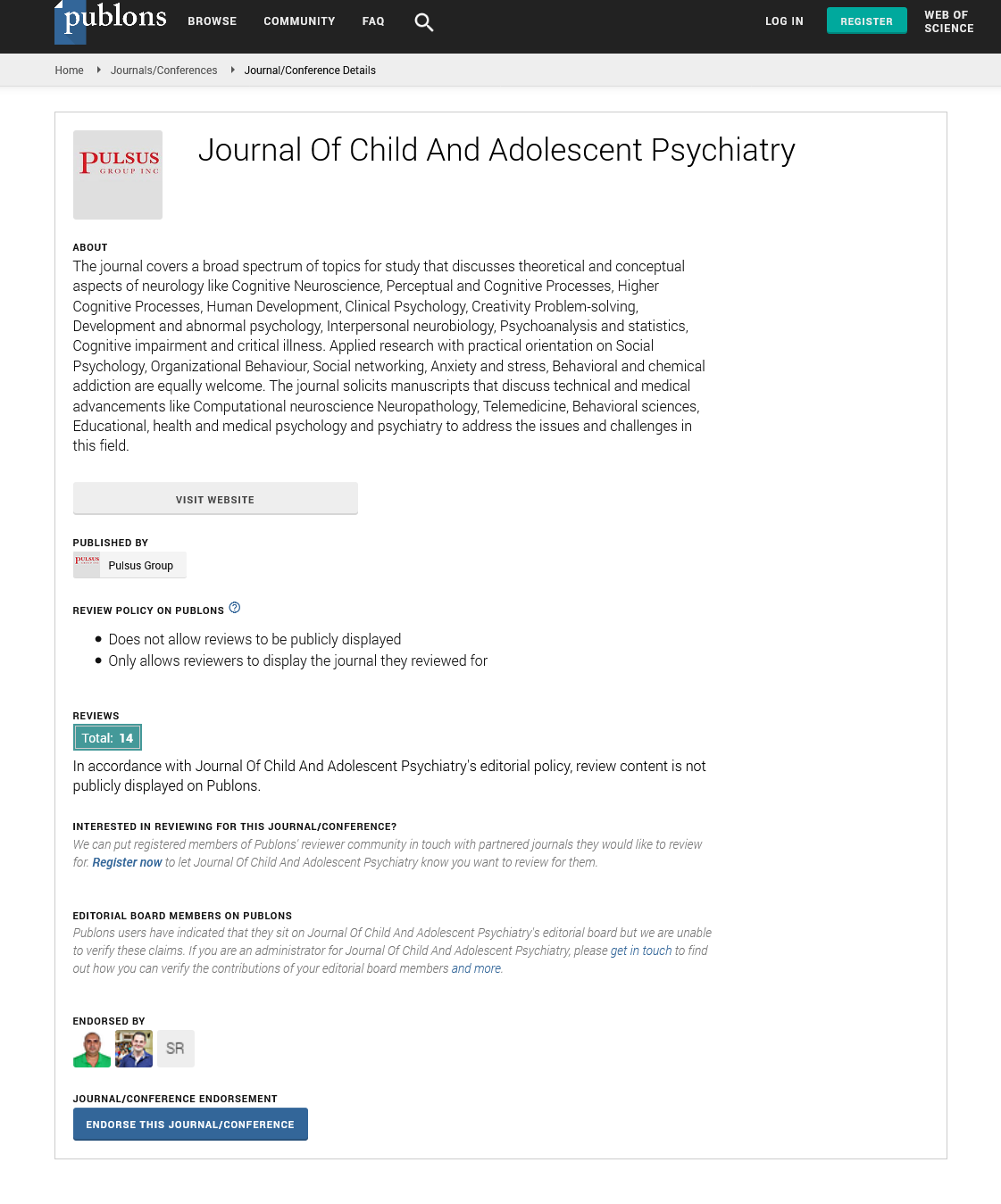
Sign up for email alert when new content gets added: Sign up
The remarkable effects of “ASEA redox supplement” in a Child with Duchenne Muscular Dystrophy: A case report from Romania, Southeastern Europe
2nd World Congress on PEDIATRICS AND CHILD CARE
November 06-07, 2019 | Tokyo, Japan
Andrei-Lucian Dragoi
University of Medicine and Pharmacy, Romania
Posters & Accepted Abstracts: J Child Adolesc Psych
Abstract :
Statement of the Problem: Children diagnosed with Duchenne muscular dystrophy (DMD) and Becker muscular dystrophy (BMD) (with an estimated global incidence of more than 1 million new DMD/BMD children cases each 4 years worldwide) before the age of 4 (years old) have only few practical early treatment options other than physical therapy and early corticosteroids (ECs) on longterm before this age, which ECs have many adverse effects, especially in children under development with chronic treatment with ECs (chronic immunosuppression, growth delay, osteoporosis, obesity, water and salt retention, potassium loss, muscular loss and weakness, gastrointestinal and hepatic problems and diseases etc).
Methodology & Theoretical Orientation: Findings: This research aims at discovering dietary supplements which may show comparable or even stronger beneficial effects (as early as possible after the moment of DMD/BMD diagnosis) with less or none adverse effects when compared to early or late corticosteroids in children with DMD and BMD.
Conclusion & Significance: This paper presents a case report on the effects of an ionized “saline water” called “ASEA redox supplement®” (ARS) oral solution in a ~2-year-old boy with DMD from Bucharest, Romania. In vitro studies showed that ARS is a very potent selective NRF2 activator: the studies conducted in vivo also support this main pharmacological mechanism of ARS, with no toxicity up to high doses, in contrast with the much more toxic corticosteroids. From the first months of ARS treatment all the rhabdomyolysis markers (with very high initial serum levels) dropped significantly, with no found toxicity. In conclusion and given its very strong antioxidant effects (in vivo and in vitro) on the skeletal muscles and myocardium, ARS should be studied on larger groups of children with DMD and BMD under the age of 4 years old (as a much better alternative to ECs and the potential to fully replace ECs), but ARS may be also studied on many other acute and chronic muscular and cardiovascular diseases, with potential of ameliorating the condition of millions and even billions of children and adult patients worldwide.
Biography :
E-mail: dr.dragoi@yahoo.com





